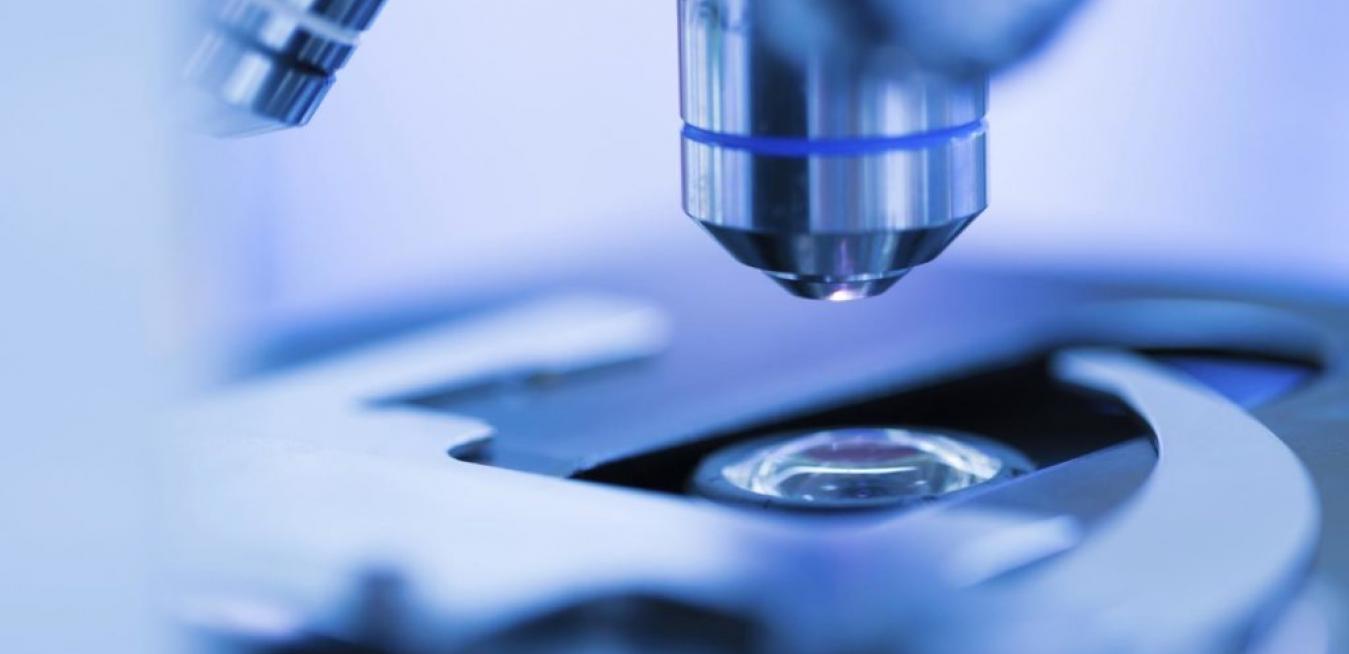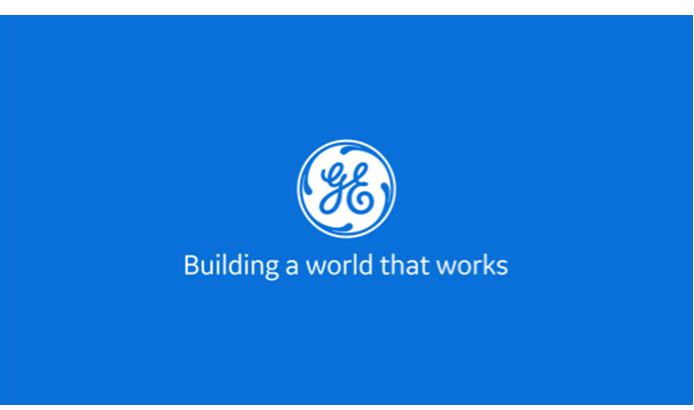Who are you?
Brian Hood – Managing Director, GE Healthcare Life Sciences, Australia and New ZealandWhere are you?
Usually in Sydney, Australia
What do you do?
I manage a dedicated team of sales and marketing guys, engineers, manufacturing staff and support personnel.
What’s the weirdest place science or engineering has taken you?
I went to Kuching in Sarawak, Malaysian Borneo, where GE had just launched a high-end mass spectrometer. I spent a week with this great bunch of scientists who were doing great work trying to understand malaria. Our technology was going to help them understand the mechanism of infection – hopefully to design better treatments.
What’s the most interesting thing about your job?
The very best times I have had are when we can work with our incredibly passionate customers to solve jointly some of the biggest challenges in medical research using GE technology and a little ingenuity.
I am fortunate to have worked on customer projects as diverse as treatments for leukaemia and male fertility, and most recently working with the University of Technology, Sydney, on the OMX Super-Resolution microscope.
This amazing technology has helped us visualise how malaria infects red blood cells and what causes hard-to-treat bacterial infections in surgical implants. This is truly amazing technology that overcomes many of the limitations of traditional microscopy – and when this is combined with passionate scientists, like those at UTS, we can truly change the world.
What do your friends and family think you do?
I tell friends and family that I help provide the technology that medical scientists use to uncover the cause of disease, and that this helps them design and manufacture better treatments with less severe side-effects.
If you could share a conversation with any scientist, alive or dead, who would it be and why?
I would love to have a conversation with Alexander Fleming and Howard Florey – the scientists credited with the discovery and application of penicillin. It’s probably one of the biggest discoveries to affect humankind – curing patients of bacterial infections that often would have been a death sentence.





